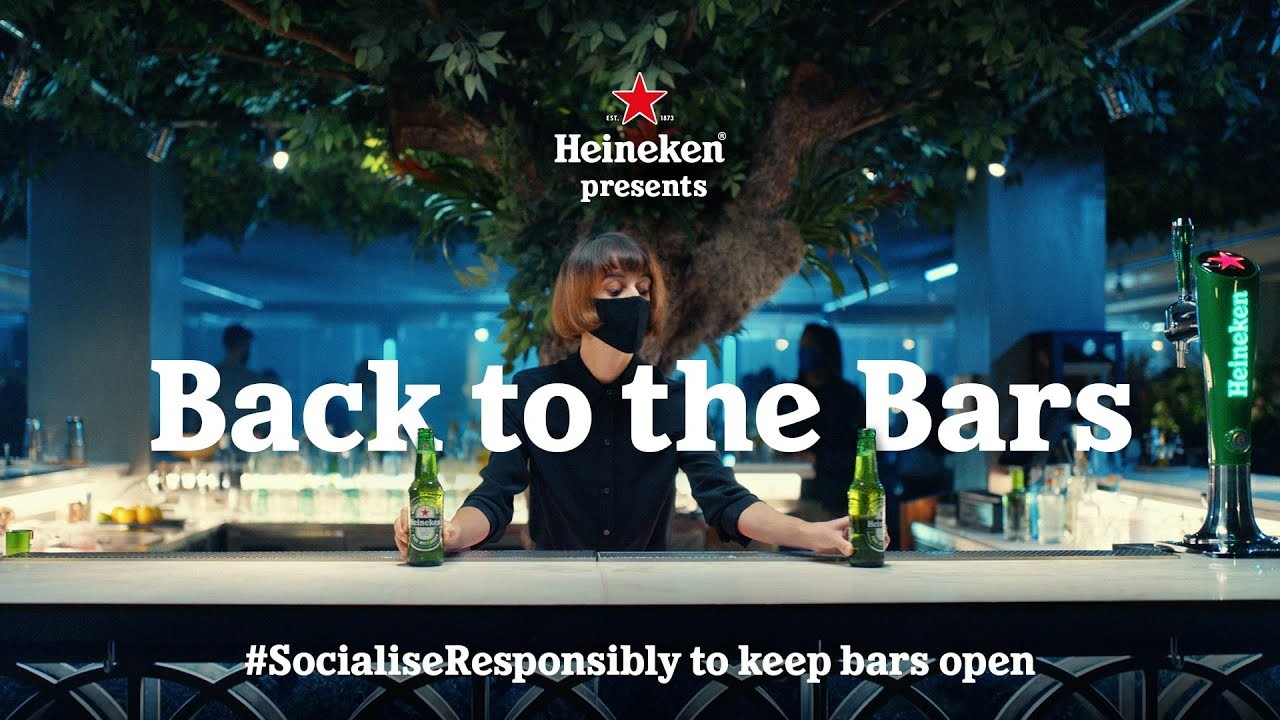As weeks turned into months (which felt like years) during Covid-19, businesses had to operate within a foreign environment of practically instantaneously changed attitudes and shifting priorities. From the healthcare arena to corporate brands, appropriate and effective messaging became top of mind. To strike just the right tone, marketing strategies had to adapt—and fast.
Three key intertwined areas became the focal point of this new pandemic marketing: Communication, Community and Commerce.
Communication: Message to Engage
Throughout Covid-19, brands grappled with their messaging. No one wanted to appear insensitive during such uncertain times; however, no one just wanted to disappear. And it turns out that consumers didn’t want them to. People were looking for genuine discourse and engagement from brands they trusted.
As uneasiness continued to increase, the role of the internet in people’s everyday lives grew exponentially. In 2020, global internet use shot up by 32%. As such, people turned to the internet on a much larger scale to stay in touch and stay up to date. Health professionals especially scrambled to address questions and concerns on social channels like Facebook and Twitter.
Obviously there was an urgent need to amplify public health messaging overall. When vaccines began rolling out, for example, the Centers for Disease Control and Prevention created a comprehensive social media campaign promoting the vaccines. Now that vaccines have been approved for children ages 5 and up, they have launched similar efforts on Twitter.
Still, messaging is rarely perfect. The actual science surrounding Covid became eclipsed by politics and a broad array of disinformation, catapulted by the markedly increased use of social media to disseminate this information. At times the public health campaigns around masks, social distancing and vaccines seemed muddled.
Campaigning While Quarantining
Many top brands outside of the health arena were able to connect to their audience in their pandemic marketing campaigns. They remained sensitive to the overall climate while infusing creativity, and understanding, into their work. And according to the Content Marketing Institute, four out of five content marketers considered their pandemic pivots effective.
These efforts culminated in messages that resonated, such as tributes to first responders and encouraging people to follow public health guidelines. Here are a few of our favorites:
1. Nike: Play Inside, Play for the World

Nike rolled out a weekly series of Instagram videos called Living Room Cup, challenging viewers to keep up with Nike pro athletes working out at their homes. The campaign featured star soccer player Cristiano Ronaldo, golfer Rory McIlroy and tennis pro Simona Halep, among others. Who wouldn’t want to do 100+ reps of mountain climbers with sprinter Dina Asher-Smith?
2. IKEA: Stay Home, Family Boredom Solutions

IKEA released simple illustrated instruction manuals on Instagram detailing how to build at-home forts and more. The idea behind the successful campaign was to help keep kids entertained—and keep their parents sane—during the Covid lockdown. (Hold the Swedish meatballs.) They also created a heartwarming video encouraging people, above all, to stay home.
3. Heineken: Socialize Responsibly

Heineken released a number of videos stressing public health responsibility in its global #SocialiseResponsibly initiative. The humorous yet poignant ads included Back to the Bars and We’ll Meet Again. They also donated hundreds of thousands of hand sanitizer to front-line workers using their own spent alcohol.
Even the big brands, however, can face a backlash from some groups. Heineken’s most recent pro-vaccination video, The Night is Young (The Night Belongs to the Vaccinated), triggered a boycott among anti-vaxxers.
Community: Alone, Together
According to Smart Insights, social media users worldwide now spend a daily average of 2 hours and 24 minutes across their social networks and messaging apps. During Covid, online communities became virtual lifelines, whether in Facebook groups (with 400 million active members), on Twitter, through Instagram stories or on TikTok. Digital events and conferences grew in popularity as they fostered a sense of community and highlighted shared experiences.
More than two-thirds of users (76%) currently participate in an online community, seeking out genuine connections and a sense of belonging. And large businesses are taking note, with 75% reporting having at least one online community.

There are a number of social media trends that helped shape campaigns including short video and livestreaming; Meta (née Facebook) ads; Instagram; influencers; mobile; and other messaging platforms. Indeed one of the core benefits of conveying your message on social media is the ability to reach a wide audience and like-minded community in a socially responsible way.
A powerful example of pandemic marketing was clearly the Black Lives Matter movement, which employed grassroots efforts and online community outreach to mobilize on a global scale. BLM used social media platforms to communicate its message and organize events both locally and worldwide. The group leveraged so-called hashtag activism through the instantly recognizable #BlackLivesMatter.
Commerce: The Consumer Experience
As people steered clear from in-person shopping, e-commerce sales grew 44% last year, which resulted in higher revenues for many businesses. (Unfortunately, more than 100,000 small businesses had to close their doors for good.) Over 60% of shoppers reported shopping online more often during the pandemic.
Consumer trends that once seemed novel have become the industry standard. In fact, according to Ernst & Young, 42% of consumers plan to fundamentally change the way they shop as a result of Covid-19.
That said, this is by no means the end of traditional physical storefronts. A majority of consumers (60%) plan to follow a hybrid model this holiday season, blending in-person shopping with e-commerce.

“Retailers will respond and they will improve the store experience,” said Dick Wechsler, CEO of Lockard & Wechsler Direct, in an interview with Velocitize Talks. “They will improve the way that they interact with the consumer, and they will make it a more meaningful experience. They will survive.”
The eco-friendly footwear brand Allbirds, for instance, was able to successfully blend its offline and online sales during the pandemic, using employees from their physical stores to help fulfill online orders. The company also launched new digital tools including a popular video chat featuring store associates, providing a personalized shopping encounter.
Conclusion
The pandemic forced marketers to change the way they think about communication, community and e-commerce—and, especially, the consumer. Not only was it a necessary paradigm shift, it was one that redefined messaging, created close-knit online communities, and completely upended the way we shop.
Hopefully, going forward, an unprecedented global crisis will not force us into such a drastic situation. But at least one thing is for certain. Pandemic marketing is the new marketing.
Feature image by Dimitri Karastelev on Unsplash





Join the conversation